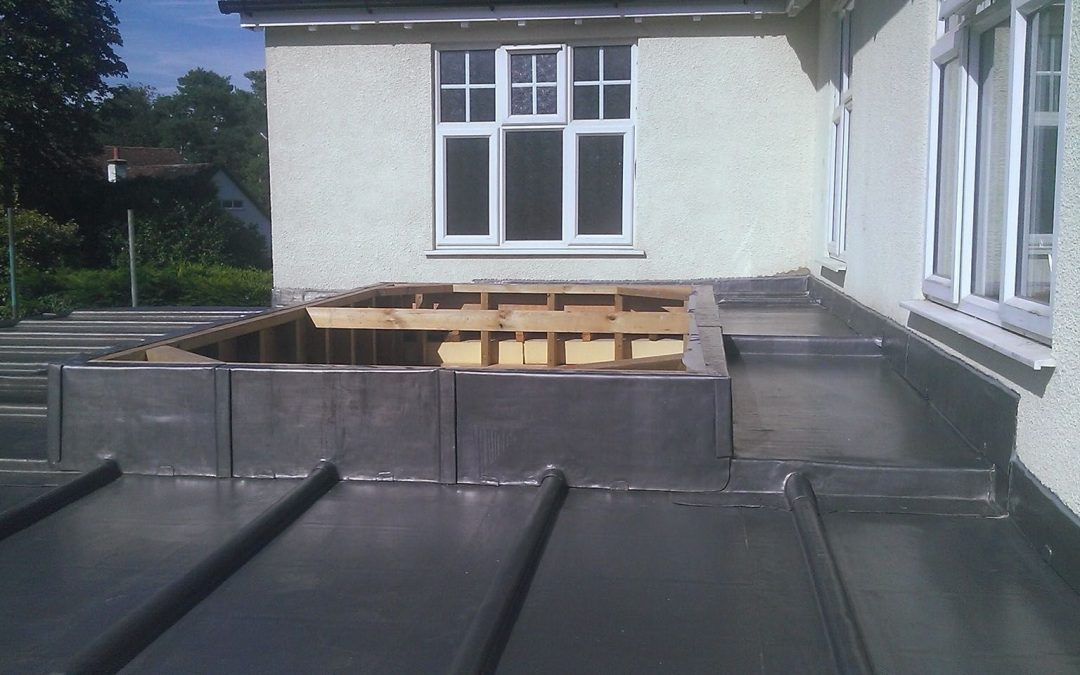Flat roofs have become a hallmark of modern architecture, offering a sleek and contemporary look that stands out among traditional pitched roofing. Beyond their aesthetic appeal, flat roofs provide functional advantages that make them an attractive option for both residential and commercial buildings. In this blog post, we’ll delve into the design principles of flat roofs, explore their benefits, and provide essential maintenance tips to ensure their longevity.
Design Principles of Flat Roofs
Contrary to popular belief, flat roofs aren’t completely level. They feature a slight incline, often not visible to the naked eye, to facilitate water drainage and prevent pooling. This subtle slope is critical in safeguarding the roof’s integrity and is a key consideration during the design and installation process.
Benefits of Flat Roofs
- Space Efficiency: Flat roofs maximize usable space, both above and below. They allow for the installation of HVAC units, solar panels, or even rooftop gardens without compromising the building’s interior space.
- Cost-Effectiveness: Generally, flat roofs are less expensive to install than pitched roofs due to their simpler design and the reduced amount of materials required.
- Accessibility: Maintenance and repairs are more straightforward on a flat roof, as the surface is easier to walk on compared to sloped roofs.
- Energy Efficiency: Flat roofs can contribute to energy savings by providing additional insulation and reflecting sunlight, which can help regulate indoor temperatures.
Challenges and Solutions for Flat Roofs
Despite their advantages, flat roofs face unique challenges that require proactive management:
- Water Drainage: Proper drainage systems are essential to prevent water accumulation. Regular cleaning of gutters and downspouts, along with the installation of appropriate drainage solutions, can mitigate this issue.
- Leak Prevention: A high-quality waterproof membrane is crucial for preventing leaks. Regular inspections can catch potential problems early, saving time and money on repairs.
- Material Deterioration: Exposure to the elements can lead to the deterioration of roofing materials. Choosing durable materials and applying protective coatings can extend the life of a flat roof.
Maintenance Tips for Flat Roofs
- Regular Inspections: Schedule bi-annual inspections to identify and address any signs of damage or wear.
- Debris Removal: Keep the roof clear of debris, such as leaves and branches, which can obstruct drainage and lead to water damage.
- Prompt Repairs: Addressing minor issues promptly can prevent them from escalating into major problems.
In conclusion, flat roofs offer a modern and practical roofing solution that, with proper design and maintenance, can provide long-lasting benefits. Whether you’re considering a flat roof for its aesthetic appeal or its functional advantages, understanding the care it requires will help you make the most of this roofing option. Remember, regular maintenance and timely repairs are key to ensuring the durability and performance of your flat roof.

